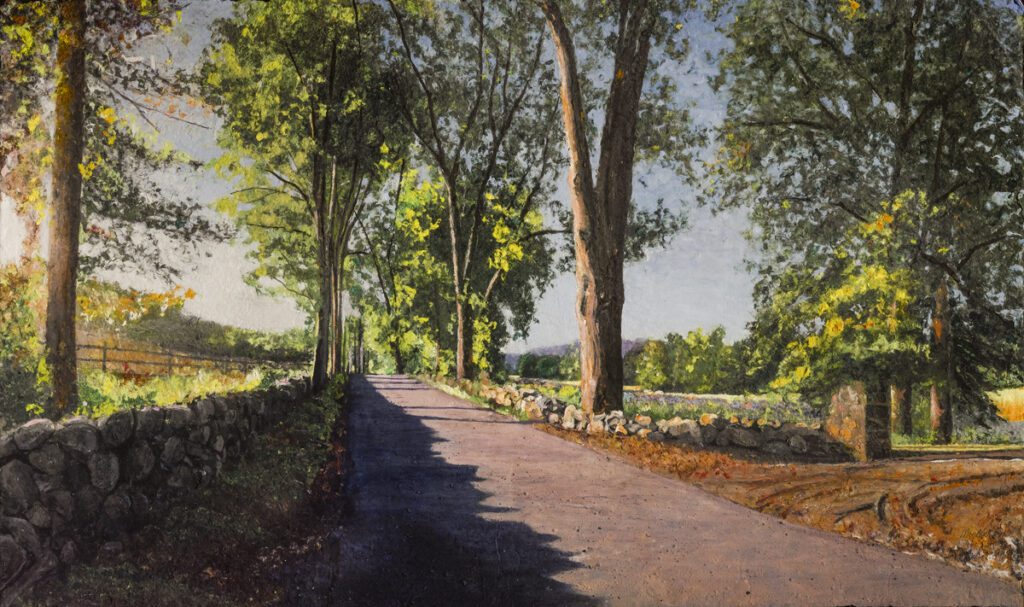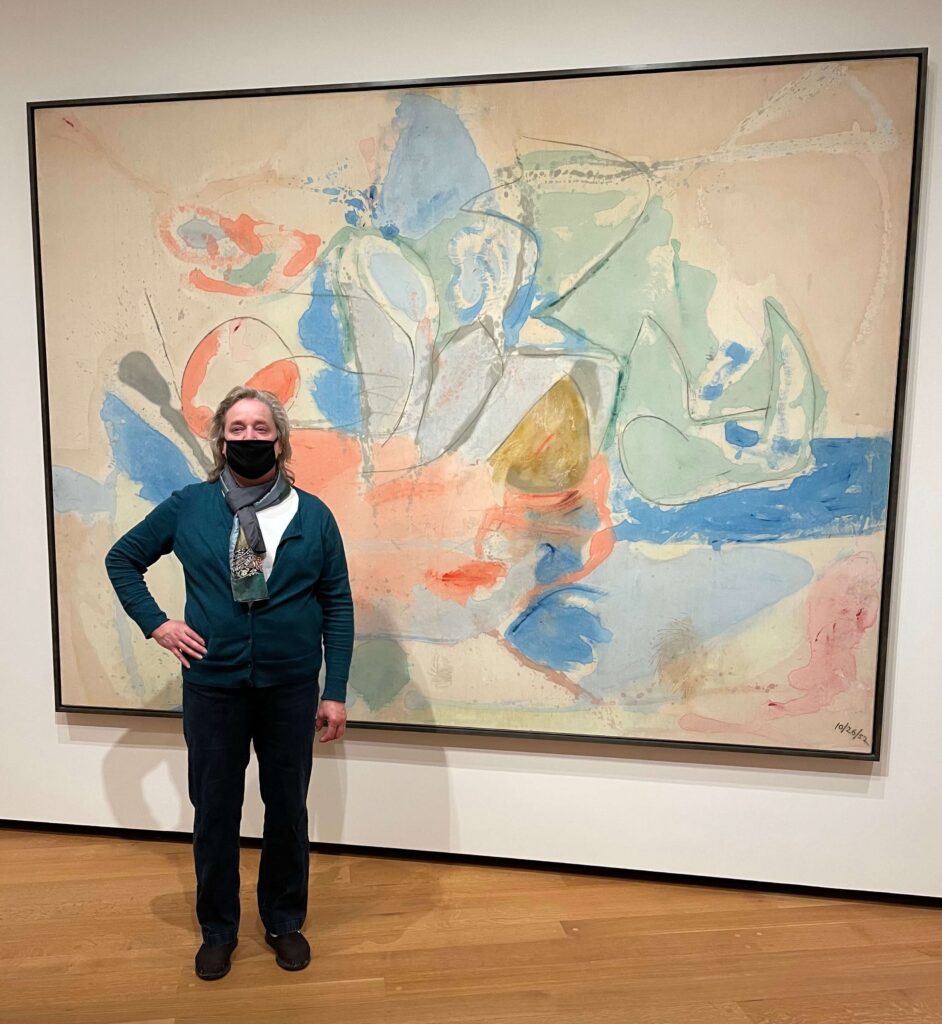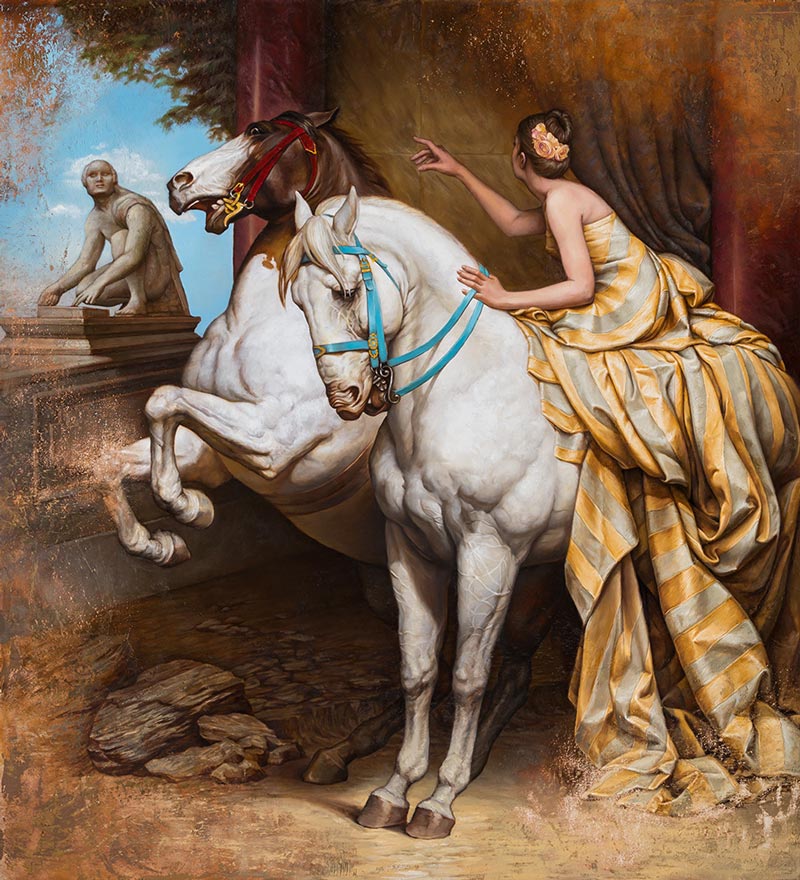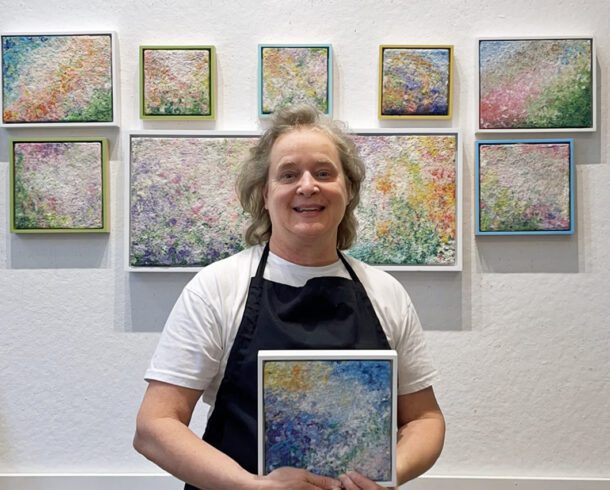We will continue to present annual “HerStory” exhibitions until there is a fair and equal balance of women artists represented by art museums, galleries, art book publishers, major private and public collections, auction houses, and the media. Renee Phillips, Founder and Director, Manhattan Arts International
I am delighted to share that my painting, June Morning Light, is included in Herstory, an exhibit sponsored by Manhattan Arts International. As much as I am proud to be included in this exhibit, the statement by Manhattan Founder and Director Renee Phillips bears contemplation.
Research tells us women make up the bulk of art purchasers, gallery and museum visitors, and supporters of non-profit art-based organizations. So why is it that just 11% of newly acquired art by the Metropolitan Museum of Art is by women artists? Or that years after the modernist movement is referred to as past-tense, is “beautiful” art still considered less valuable that than “Abstract.” Finally, why are women artists discouraged from creating large scale work? Or, if not discouraged, surely not encouraged? Visit any gallery or museum, and you will see art by women is by and large smaller in scale than their male counterparts, or at last those who identify as male. Thankfully, there are exceptions. Two examples come to mind.
I had the pleasure of visiting the National Gallery of Art last month where for the first time I saw Helen Frankenthaller’s iconic Mountains and Sea. I must admit, as much as I’m a Helen fan, I as not prepared for the joy I felt when finally seeing this painting in person. The scale alone made the experience memorable. It’s huge! Good for Helen, who painted when she was just 23 years old.
I am happy to share the painting, Always Want Something Else, by Anika Boda, also included in the Herstory exhibit. At 60 x 60 inches, Anika’s work personifies both scale and beauty, as she deconstructs the Neo-classical school of art and its emphasis on male strength, as characterized by the neighing horses. Boka writes: Resonating across time with the traditional painting schools of Florence, my update of trompe l’oleil painting reflects my penchant for experimentation. I deploy my ‘inventions’ creating fresco-like ‘weatherbeaten’ surfaces and lively objects. My iconoclastic work is based on psychological and philosophical questions of human existence, but always with a twist. Sometimes we like to take certain truths granted. I like to dissect these traditional values, examine them from multiple point of view and turn them into pictures.
Here’s to encouraging women artists to create beautiful art and at a large scale. I plan to create several large works this year so check back for future posts.




